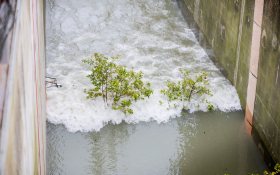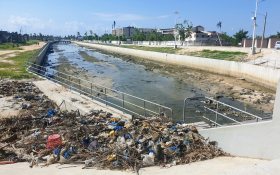Team Van Oord deploys natural silt wattles to control sedimentation in Clay’s Lake, UK
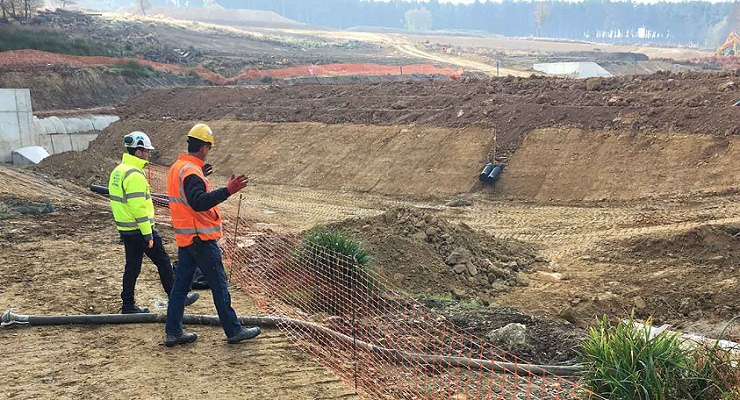
Team Van Oord, working with consultancy firm Frog Environmental, has successfully deployed silt wattles to help control sediment on the Clay’s Lake flood alleviation scheme in West Sussex, UK.
The Clay’s Lake scheme comprises the removal of an existing dam which is being replaced with a larger dam, increasing the lake’s capacity from 10,000 to nearly 400,000 cubic metres.
The increased storm water storage capacity reduces the risk of flooding to more than 280 homes in the area, and to Gatwick Airport.
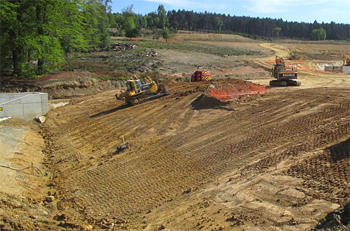 Sedimentation deposition
Sedimentation deposition
Natural silt wattles are used as check dams in rivers, ditches, swales and gullies to reduce the speed of water and aid natural sediment deposition.
The natural media supports silt trapping and can also be used in conjunction with a floc mat to enhance sediment capture and reduce downstream turbidity.
Silt wattles can also be used to control soil erosion, protect surface waters or break sheet flow on slopes; their low permeability supports natural ground infiltration and helps to contain dirty water.
Large excavation
At Clay’s Lake the wattles were used to help control sediment discharged from a large excavation that had to be regularly pumped throughout the winter.
The wattles were used to contain muddy water pumped from the excavation, and replaced straw bales that had previously been used for this purpose.
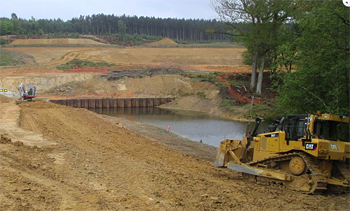 Unlike the straw bales, the wattles did not break down or degrade over time. This reduced maintenance and resource demand in the winter months when the site was shut down.
Unlike the straw bales, the wattles did not break down or degrade over time. This reduced maintenance and resource demand in the winter months when the site was shut down.
The design of silt wattles, which are manufactured in the UK by frog environmental, ensures they are malleable and will fit to the contour of uneven surfaces, where they can be staked in place or tied off.
Prevention of silt pollution
Other innovative techniques to reduce silt pollution are being trialled at Clays Lake, these include Water Lynx blocks to aid water settlement and flocculation mats to trap silt in water before entering the watercourse.
Frog environmental has also provided silt control training at two Team Van Oord sites – Clay’s Lake and the Shoreham Adur Tidal Walls Scheme – as part of wider efforts to prevent silt pollution and maintain and improve environmental performance.
This news item was originally published on the website of Team Van Oord.
Read also on this website
● Team van Oord enters into framework for 100 million pound beach projects by Yorkshire Water, UK, 29 April 2016
● Portsmouth City Council praises quick response Team Van Oord after sea wall collapse, 22 January 2016
● Team Van Oord pioneers stone-filled mesh bags for quick repair banks Mole river, UK, 7 November 2014
● Country: United Kingdom
More information
Team Van Oord
Newbury, UK
+44 1635 529101
www.teamvanoord.com

